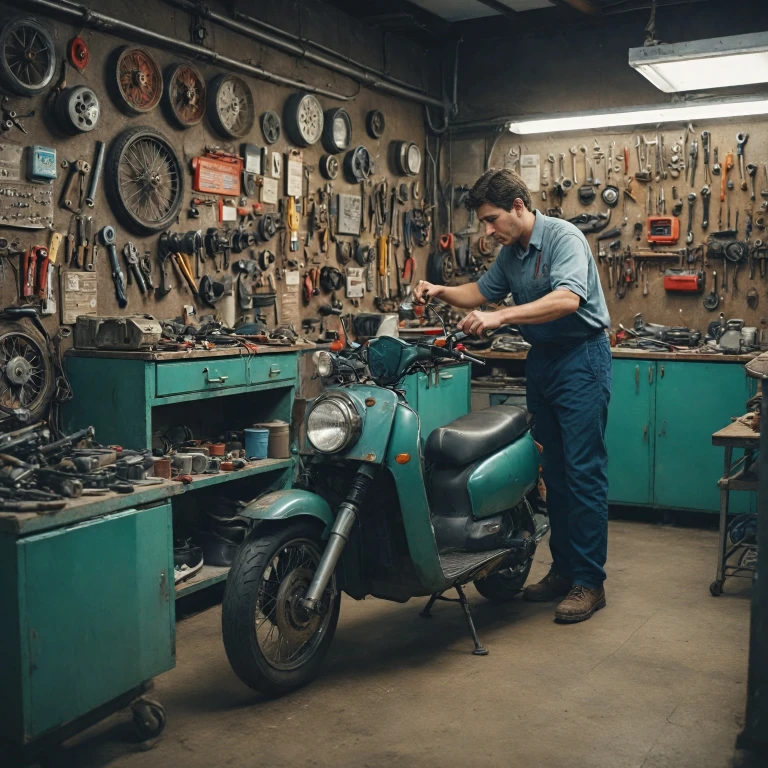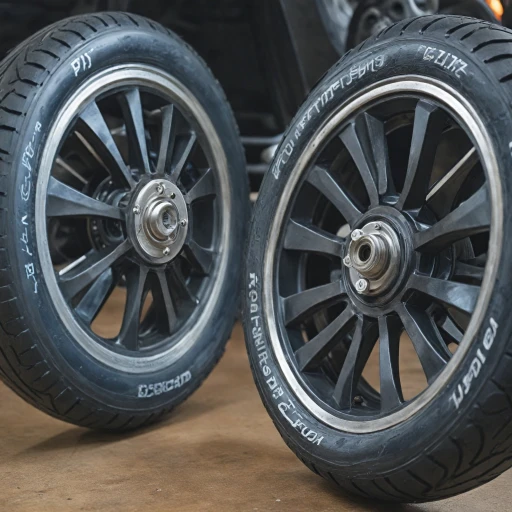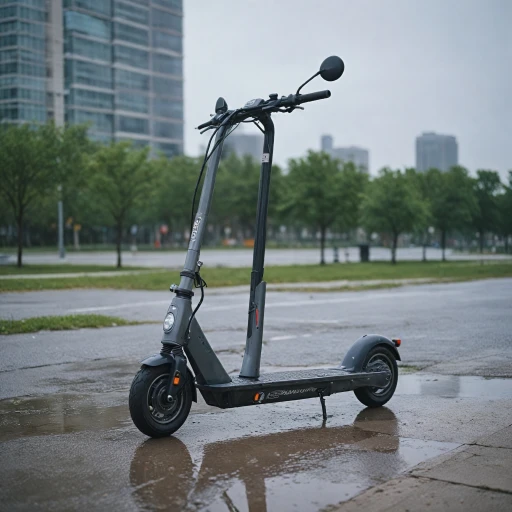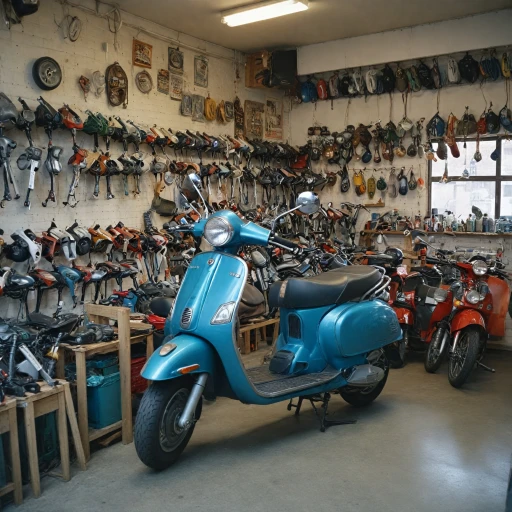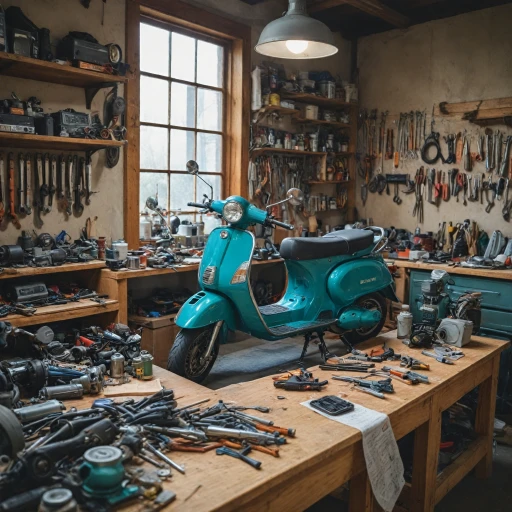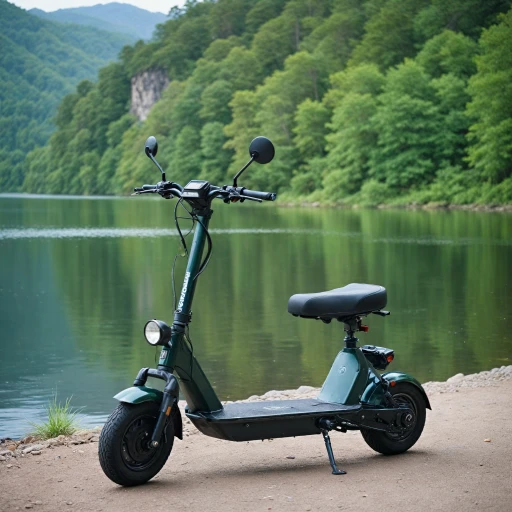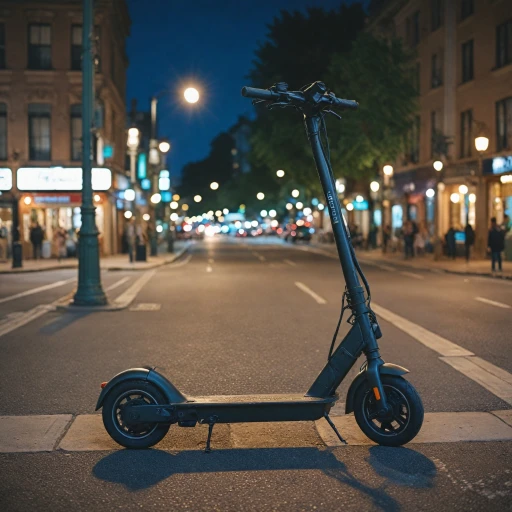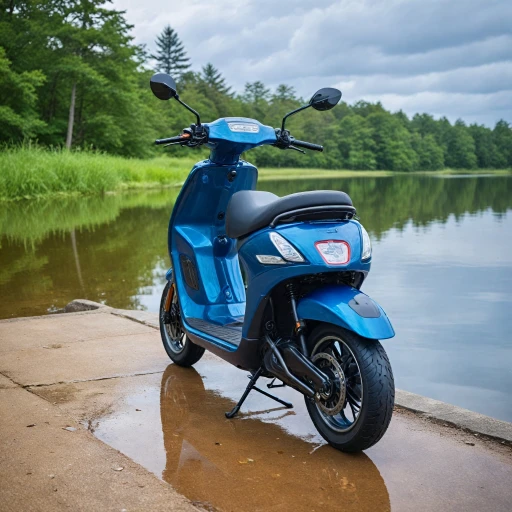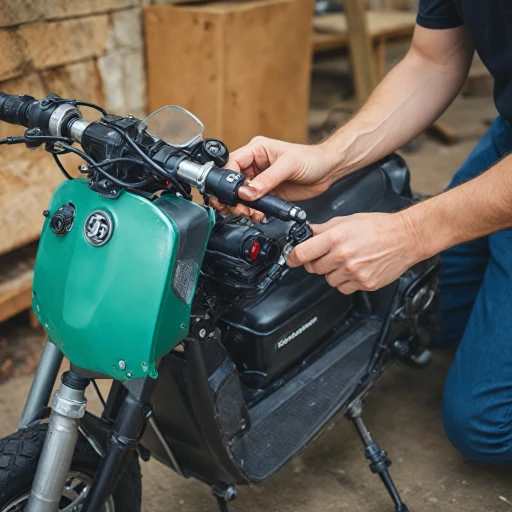
Understanding Common Electric Scooter Issues
Identifying Typical Problems
As an owner of an electric scooter, it's essential to be aware of the most common issues that can arise. Equipped with this knowledge, you'll be better prepared to handle repairs efficiently or decide when professional assistance is necessary.
- Battery Troubles: The most frequent issue with electric scooters involves the battery. This can range from the battery not charging properly to complete battery failure. Understanding the intricacies of your scooter's battery is crucial for determining the appropriate solution.
- Brake Issues: Malfunctioning brakes can compromise your safety. Scrutinizing brake problems, which might involve disconnection of brake cables or worn-out brake pads, is paramount to ensure a safe ride.
- Motor Failures: Electric scooters rely on a robust motor to function effectively. A motor that doesn't operate correctly can result from electrical faults, requiring a careful diagnosis to identify any underlying problems.
- Electrical Problems: Wiring issues are also a common hurdle, possibly causing intermittent problems with your scooter's operation.
By comprehending these common issues, you can mitigate potential headaches and enjoy a smoother experience with your scooter. If your problem resembles a blinking light on your charger, it might be a good opportunity to delve deeper into diagnosing charging issues.
Essential Tools for Electric Scooter Repair
Tools That Make A Difference in Electric Scooter Repair
Having the right tools at your disposal can greatly simplify the electric scooter repair process. Essential tools are key to efficient scooter maintenance and ensuring that your vehicle runs smoothly and reliably. Here’s a guide to the basic tools you might need for common scooter repairs.
- Screwdrivers: Every scooter repair journey begins with a reliable set of screwdrivers. Having both flathead and Phillips head varieties will assist you in accessing internal parts of your mobility scooter or scooters electric.
- Allen Wrenches: These are often needed for adjusting most electric scooters. From tightening bolts to more involved repairs, Allen wrenches are a must-have in your toolbox.
- Multimeter: Essential for diagnosing battery and motor issues, a multimeter helps in ensuring your scooter battery is operating at optimal voltage.
- Adjustable Wrench: When you need to adjust or remove various nuts and bolts, an adjustable wrench will become your go-to tool. This is particularly useful for tasks intersecting with scooter bike components.
- Pliers: Needle-nosed or regular pliers will assist in gripping and maneuvering wires and small parts during repair services.
While having these tools on hand is beneficial, some situations might still require you to consider seeking professional expertise if challenges persist, or if the repair involves more technical elements best handled by skilled technicians.
Engaging in diligent scooter maintenance with these tools not only saves time but also boosts your confidence to tackle scooter repairs effectively. If you're in a city area with limited home-repair options, remember that visiting a repair shop might still be the best path if you’re unable to complete the work yourself.
Step-by-Step Guide to Battery Replacement
Battery Change: A Fresh Start For Your Electric Scooter
Replacing the scooter battery is often necessary in your journey to extend your ride's lifespan. Though it might seem daunting at first, with the right approach and a bit of patience, this task can be quite manageable. Keep in mind that your electric scooter, much like any other bike or scooter, has a unique design depending on the brand and model.
- Turn Off The Power: Begin by ensuring your scooter is completely off. Unplug it from any power source to avoid accidents, and park it in a safe area with ample space to work on.
- Gather Necessary Tools: Depending on your scooter, you'll likely need a screwdriver and possibly a wrench set. These tools fall into the category of essential items for undertaking any scooter repairs.
- Remove the Battery Cover: Locate the battery compartment, often under the footrest or in a removable box. Unscrew or unbolt covers and carefully set them aside along with any small parts.
- Disconnect and Remove the Old Battery: Take note of how the battery is connected (taking a photo can be helpful). Carefully disconnect the wiring and gently lift the battery out, making sure not to damage any surrounding parts.
- Fit the New Battery: Slide in the new battery, ensuring it fits snugly in the compartment. Connect the wires precisely as the old battery was connected. Tight connections are crucial to avoid mishaps.
- Replace Covers and Test: Securely replace all covers. Double-check for loose screws before turning on your scooter. Test its functionality by taking it for a test ride.
Remember, while handling electrical components during scooter repairs, it's important to prioritize safety: avoid any rough handling of parts and ensure that connections are secure to prevent any risks.
Troubleshooting Brake Problems
Tackling Brake Troubles on Your Electric Scooter
Brakes are one of the essential components ensuring a safe ride on your electric scooter. Given the importance of maintaining optimal braking performance, understanding how to troubleshoot common brake issues is crucial. To start, determine the type of brakes your scooter is fitted with, whether they're disc brakes or drum brakes. This will guide you through the right repair methods and replacement parts if necessary:- Inspect the Brake Cables: Over time, brake cables can become loose or wear out, impacting brake effectiveness. Regularly check and ensure they're tight and in good condition. If you spot any fraying or wear, it's advisable to replace the cables.
- Adjust Brake Lever Tension: Sometimes, adjusting the tension on the brake levers can rectify sensitivity issues. Most scooters allow you to tweak this manually. Ensure the levers aren't too tight or too loose.
- Address Brake Pads Wear: Brake pads need routine checks, as worn-out pads won't provide enough friction. If your brakes are squeaky or less responsive, inspect the pads and replace them if necessary.
- Align Disc Brakes: In scooters equipped with disc brakes, alignment is key. Misaligned brakes can result in uneven wear or compromised braking efficiency. Make sure the rotor is centered between the brake pads.
Maintaining Your Scooter for Longevity
Maximizing the Lifespan of Your Electric Scooter
Maintaining your scooter is crucial to ensure a long and efficient ride. Regular maintenance not only enhances the performance of your mobility scooter but also prevents frequent visits to the repair shop. Here's how you can keep your electric scooter in top shape:- Conduct Routine Checks: Regularly inspect the scooter parts like the motor, brakes, and tires. Ensure that all parts are functioning properly and replace any worn-out parts promptly to avoid costly repairs.
- Battery Care: Proper battery maintenance is key. Refer to the section on battery replacement for insights on extending battery life and managing eco-friendly disposal of old batteries. Regularly charge your scooter battery and avoid draining it completely for better longevity.
- Keep It Clean: Dust, dirt, and moisture can harm your scooter. Clean your scooter regularly with a cloth, paying attention to the moving parts to prevent rust or damage.
- Storage Tips: When not in use, store your electric scooter in a dry, sheltered area. Avoid parking it in areas prone to extreme weather changes. Dry storage can help preserve the scooter’s motor and battery.
- Regular Service Visits: Even with the best DIY routine maintenance, nothing beats a professional check-up. Regular visits to skilled technicians at a scooter repair shop are highly recommended to catch any hidden issues early. A pro service can be pivotal in identifying subtle signs that a beginner might miss.
When to Seek Professional Help
Recognizing When Professional Intervention is Necessary
While the desire to tackle scooter repairs independently can be strong, sometimes engaging a repair service can save both time and parts replacement costs in the long run. An expert hand can make all the difference, especially when dealing with complex issues that you might not witness often in your regular rides.
- Complex Battery Repairs: If you have already considered the guidance for battery replacement but still face issues, it's time to consult with a pro. Battery issues might require diagnostic tools beyond the typical rider’s toolkit.
- Persistent Brake Issues: Wobbly or malfunctioning brakes shouldn't be taken lightly. A skilled technician will ensure your vehicle is safe to ride, addressing and mending any faults that standard troubleshooting might miss.
- Electrical System Failures: Troubles with the motor or other elements of your scooter's electrical framework should signal a trip to a repair shop to avoid further complications.
- Uncommon Mechanical Sounds: Noises like grinding or screeching might indicate an underlying issue with your scooter parts. Professional evaluation can not only pinpoint the issue but also extend the life of the components.
Moreover, if your scooter is still within warranty, scooter maintenance at an authorized repair shop might be required to avoid voiding the service terms. Frequent riders in metropolitan areas, like bustling city parks, often find themselves in need of professional repairs due to higher usage rates. It's always wise to stay informed on local options for reliable repair services in your vicinity.
